Oregon Mechanical 30 PDH Discount Package 3
Courses in this Package
An Introduction to Industrial Compressed Air Systems (M03-042)
Diesel Engine Fundamentals (M04-002)
Engine Cooling and Lubrication Systems (M04-045)
Fire Protection Systems (M04-051)
Fire Service Features of Buildings and Fire Protection Systems (M12-002)
Liquid Process Piping, Part 1: General Piping Design (M03-023)
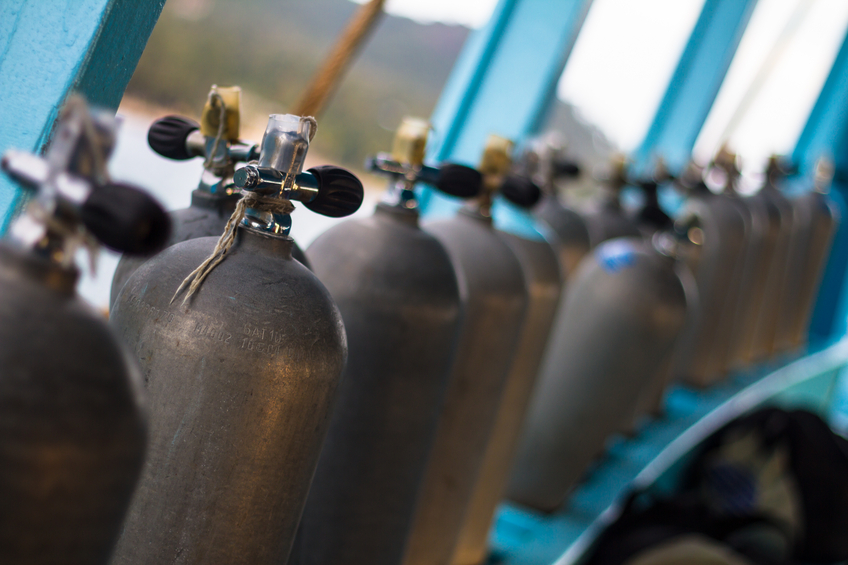
This online engineering PDH course provides an overview of industrial compressed air systems. It describes the basic components of an industrial compressed air system and characterizes its applications in different industries.
Compressed air is used widely throughout industry and is often considered the "fourth utility" at many facilities. Almost every industrial plant, from a small machine shop to an immense pulp and paper mill, has some type of compressed air system. In many cases, the compressed air system is so vital that the facility cannot operate without it.
This 3 PDH online course is applicable to engineers, designers, contractors, compressed air manufacturers and others seeking an understanding of the basics of industrial compressed air systems.
This PE continuing education course is intended to provide you with the following specific knowledge and skills:
- Learning about the different types of compressors
- Learning about compressor prime movers
- Learning about compressed air controls
- Familiarizing with the various types of accessories used in compressed air systems
- Understanding the uses of compressed air systems
Upon successful completion of the quiz, print your Certificate of Completion instantly. (Note: if you are paying by check or money order, you will be able to print it after we receive your payment.) For your convenience, we will also email it to you. Please note that you can log in to your account at any time to access and print your Certificate of Completion.
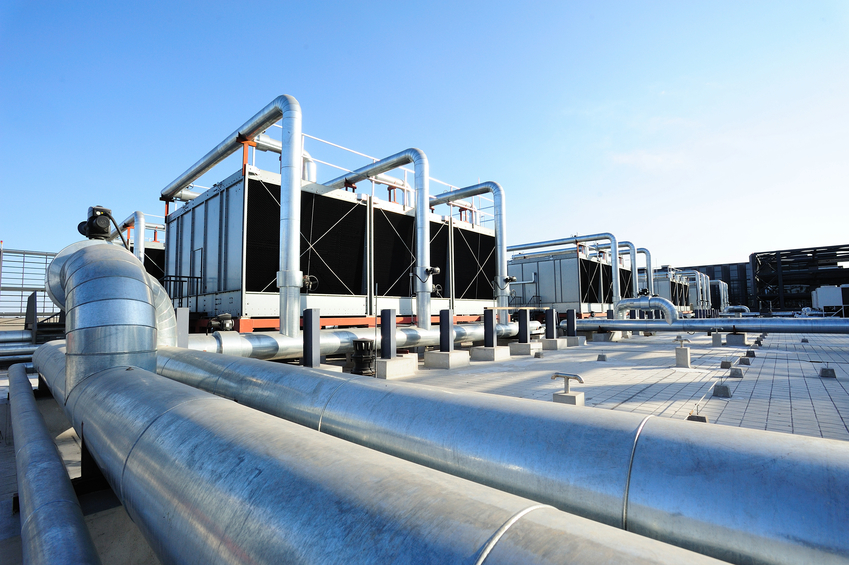
This online engineering PDH course provides guidance on the basic operating principles of 2-cycle and 4-cycle diesel engines. It explains the fundamentals and theory of operation of engine governors, fuel ejectors, camshafts as well as typical engine protective features.
Today most facilities require some type of prime mover to supply mechanical power for pumping, electrical power generation, operation of heavy equipment, and to act as a backup electrical generator for emergency use during the loss of the normal power source. Although several types of prime movers are available (such as gasoline engines, steam and gas turbines), the diesel engine is the most commonly used. Diesel engines provide a self-reliant energy source that is available in sizes from a few horsepower to 10,000 hp. Relatively speaking, diesel engines are small, inexpensive, powerful, fuel efficient, and extremely reliable if maintained properly.
This 4 PDH online course is applicable to mechanical engineers, plant operators, maintenance personnel, and technical staff who are interested in gaining a better understanding of diesel engine fundamentals.
This PE continuing education course is intended to provide you with the following specific knowledge and skills:
- Learning the different types of diesel engines
- Learning the major components and support systems of a diesel engine
- Understanding the basic diesel cycles (two-stroke and four-stroke)
- Understanding the operation of diesel engine speed and fuel controls
- Understanding the maintenance and protection methods of diesel engines
In this professional engineering CEU course, you need to review Module 1, "Diesel Engine Fundamentals" of the Department of Energy Publication DOE-HDBK-1018/1-93, "Mechanical Science".
Upon successful completion of the quiz, print your Certificate of Completion instantly. (Note: if you are paying by check or money order, you will be able to print it after we receive your payment.) For your convenience, we will also email it to you. Please note that you can log in to your account at any time to access and print your Certificate of Completion.
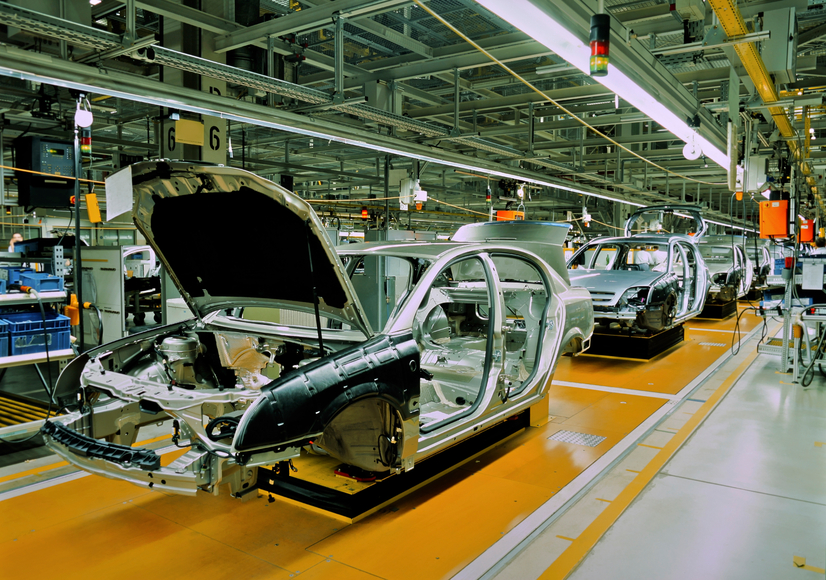
This online engineering PDH course describes the cooling and lubrication systems for internal combustion engines.
An internal combustion engine produces power by burning fuel within the cylinders; therefore, it is often referred to as a "heat engine." However, only about 25% of the heat is converted to useful power. Thirty to thirty five percent of the heat produced in the combustion chambers by the burning fuel is dissipated by the cooling system along with the lubrication and fuel systems. Forty to forty-five percent of the heat produced passes out with the exhaust gases. If this heat were not removed quickly, overheating and extensive damage would result. Valves would burn and warp, lubricating oil would break down, pistons and bearings would overheat and seize, and the engine would soon stop.
The necessity for cooling may be emphasized by considering the total heat developed by an ordinary six cylinder engine. It is estimated that such an engine operating at ordinary speeds generates enough heat to warm a six-room house in freezing weather.
This 4 PDH online course is applicable to mechanical and automotive engineers, mechanics, and technical personnel who are interested in gaining a basic understanding of cooling and lubrication systems of internal combustion engines.
This PE continuing education course is intended to provide you with the following specific knowledge and skills:
- Understanding the relationship of the cooling system and engine operation
- Identifying design and functional features of individual cooling system components
- Identifying maintenance procedures applicable to cooling systems
- Identifying types of lubrication systems used
- Understanding operational characteristics and maintenance requirements of lubrication systems.
Upon successful completion of the quiz, print your Certificate of Completion instantly. (Note: if you are paying by check or money order, you will be able to print it after we receive your payment.) For your convenience, we will also email it to you. Please note that you can log in to your account at any time to access and print your Certificate of Completion.
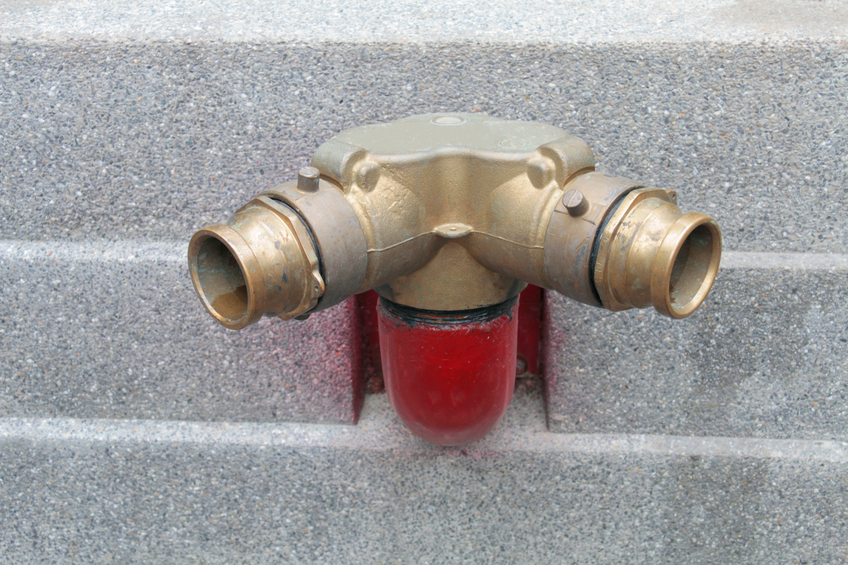
This online engineering PDH course provides information on the different types of fire protection systems and presents guidelines for periodic inspection and maintenance procedures of these systems.
Fire protection systems are designed to extinguish fires as quick as possible to prevent the loss of lives and property. When fire suppression systems are installed, the system would control, put out any fire that may result and signal the fire department. However, in the absence of similar systems, any building could be severely damaged or completely destroyed before the fire department could respond.
There are several types of fire protection systems. Each system is designed to serve in specific locations and has its unique components and functioning characteristics. And in order to ensure that these systems are safe and reliable, periodic inspection and maintenance of their components is required.
This 4 PDH online course is applicable to engineers who are interested in learning more about fire protection systems and the inspection and maintenance procedures for a safe and a reliable performance.
This PE continuing education course is intended to provide you with the following specific knowledge and skills:
- Familiarizing with the general features of fire protection systems
- Learning about the different types of automatic sprinkler systems and their characteristics
- Understanding the placement and distribution of components along the system networks
- Understanding the inspection and maintenance requirements of various components
- Learning about the practicality and characteristics of gaseous extinguishing systems
- Gaining a general overview of dry chemical extinguishing systems
Upon successful completion of the quiz, print your Certificate of Completion instantly. (Note: if you are paying by check or money order, you will be able to print it after we receive your payment.) For your convenience, we will also email it to you. Please note that you can log in to your account at any time to access and print your Certificate of Completion.

This online engineering PDH course provides information in accordance with OSHA standards about how firefighters typically interact with building features and fire protection systems during fires and similar emergencies.
This course focuses on ways that designers, code officials, and related stakeholders can contribute to the efficiency of operations during emergency incidents in both new and existing buildings. The material is applicable to all types of fire service organizations, including fire brigades and fire departments. The concepts discussed in this course will apply to most facilities but do not cover every possible type of building, facility, or hazard. Therefore, this document is intended to supplement rather than substitute codes and standards.
This 12 PDH online course is intended for engineers, design and construction personnel, code officials, and any other stakeholders who are involved in the fire safety aspect of a building.
This PE continuing education course is intended to provide you with the following specific knowledge and skills:
- Familiarization with OSHA’s overview on fire service features and fire protection systems of buildings
- Understanding the basis of fire apparatus access, water supply, premises identification, firefighter access, sprinkler systems, standpipe systems, fire department connections, alarm and communication systems, and other ancillary systems
- Learning about the timescale of fire services with respect to the building phases
- Familiarization with workers’ rights as well as OSHA’s and NIOSH’s support programs
In this professional engineering CEU course, you need to review OSHA 3256-09R 2015 titled "Fire Service Features of Buildings and Fire Protection Systems" by the U.S. Department of Labor.
Upon successful completion of the quiz, print your Certificate of Completion instantly. (Note: if you are paying by check or money order, you will be able to print it after we receive your payment.) For your convenience, we will also email it to you. Please note that you can log in to your account at any time to access and print your Certificate of Completion.
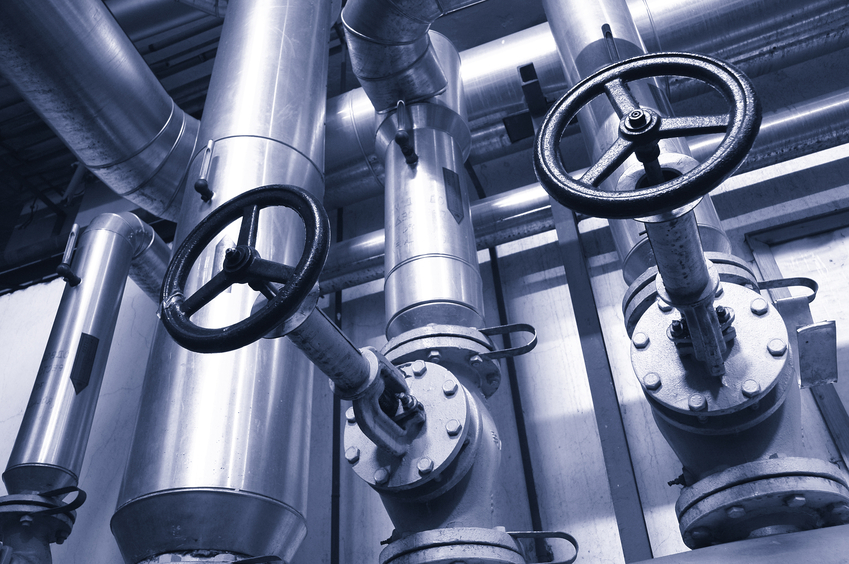
This online engineering PDH course presents general piping design calculations and requirements for all piping systems regardless of construction material. Most of these calculations and requirements are provided and regulated by the ASME B31.3 code, respectively.
The liquid process piping manual provides information for the design of liquid process piping systems including all pipe and appurtenances which are used to convey liquids to, from and between pumping, storage and treatment units but which are not integral to any unit.
This 3 PDH online course is applicable to engineers, designers, contractors, building professionals, maintenance personnel, and manufacturers who are interested in gaining a better understanding of general piping design of liquid process piping.
This PE continuing education course is intended to provide you with the following specific knowledge and skills:
- Understanding the properties of construction materials
- Understanding the characteristics of the design pressure
- Learning how to size piping systems
- Understanding the stress analysis of piping systems
- Familiarizing with pipe components such as flanges, gaskets and bolting
- Understanding how pipe components affect the piping design
- Understanding how to properly identify piping
- Understanding the basics of piping supports
- Familiarizing with the different testing and flushing methods for piping systems
In this professional engineering CEU course, you need to review Chapter 3, "General Piping Design" of the "Liquid Process Piping" engineering manual, published by the United States Army of Corps of Engineers (USACE), Publication Number EM 1110-1-4008.
Once you complete your course review, you need to take a multiple-choice quiz consisting of twenty (20) questions to earn 3 PDH credits. The quiz will be based on Chapter 3 of this USACE publication.
Upon successful completion of the quiz, print your Certificate of Completion instantly. (Note: if you are paying by check or money order, you will be able to print it after we receive your payment.) For your convenience, we will also email it to you. Please note that you can log in to your account at any time to access and print your Certificate of Completion.